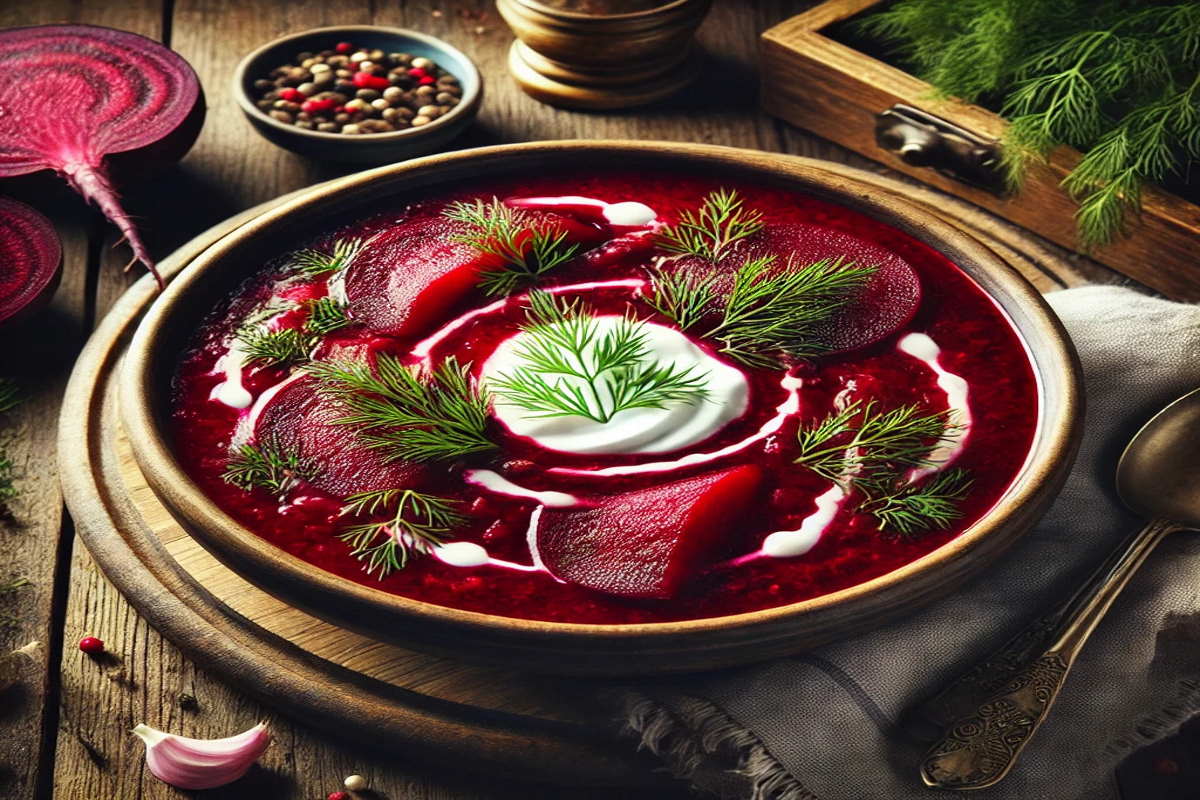Eastern European cuisine offers a captivating blend of flavors, traditions, and history, showcasing the diverse culinary heritage of countries like Poland, Ukraine, Hungary, Romania, Bulgaria, the Czech Republic, and Slovakia. As interest in authentic international foods continues to grow, particularly in culturally diverse cities like New York, it’s worth exploring what makes Eastern European cooking uniquely comforting and delicious. The region’s rich culinary history draws on centuries of influences, ranging from ancient trade routes to local customs passed down through generations.
What Defines Eastern European Cuisine?
At the heart of Eastern European cooking are hearty, wholesome ingredients prepared using traditional methods that have been passed down through generations. Eastern European cuisine is not just about food; it’s about culture, history, and the way food has been a central part of life for centuries. The geography and history of this region have influenced the food greatly, as it includes a mix of agricultural traditions, seasonal eating, and influences from neighboring countries.
Key ingredients include potatoes, cabbage, beets, grains, and mushrooms, while meats such as pork, beef, and poultry are also common. The cuisine is characterized by the use of simple, fresh ingredients, with flavor-enhancing seasonings like dill, paprika, and caraway seeds bringing depth to many dishes. Cooking techniques such as slow simmering, pickling, and fermentation help preserve the natural flavors and create rich, comforting meals. The abundance of root vegetables and fermented products like pickles or sour cream gives Eastern European dishes a unique balance of tanginess and earthiness.
For centuries, Eastern European food has been made to last, designed to nourish people through long winters and provide comfort after hard work. Meals are hearty and satisfying, and often take time to prepare, reflecting the pace of life in this part of the world.
Must-Try Eastern European Dishes
Eastern European cuisine boasts a variety of dishes, each reflecting the region’s rich cultural heritage. Here are some of the must-try dishes that best represent the flavors of the region.
Pierogi
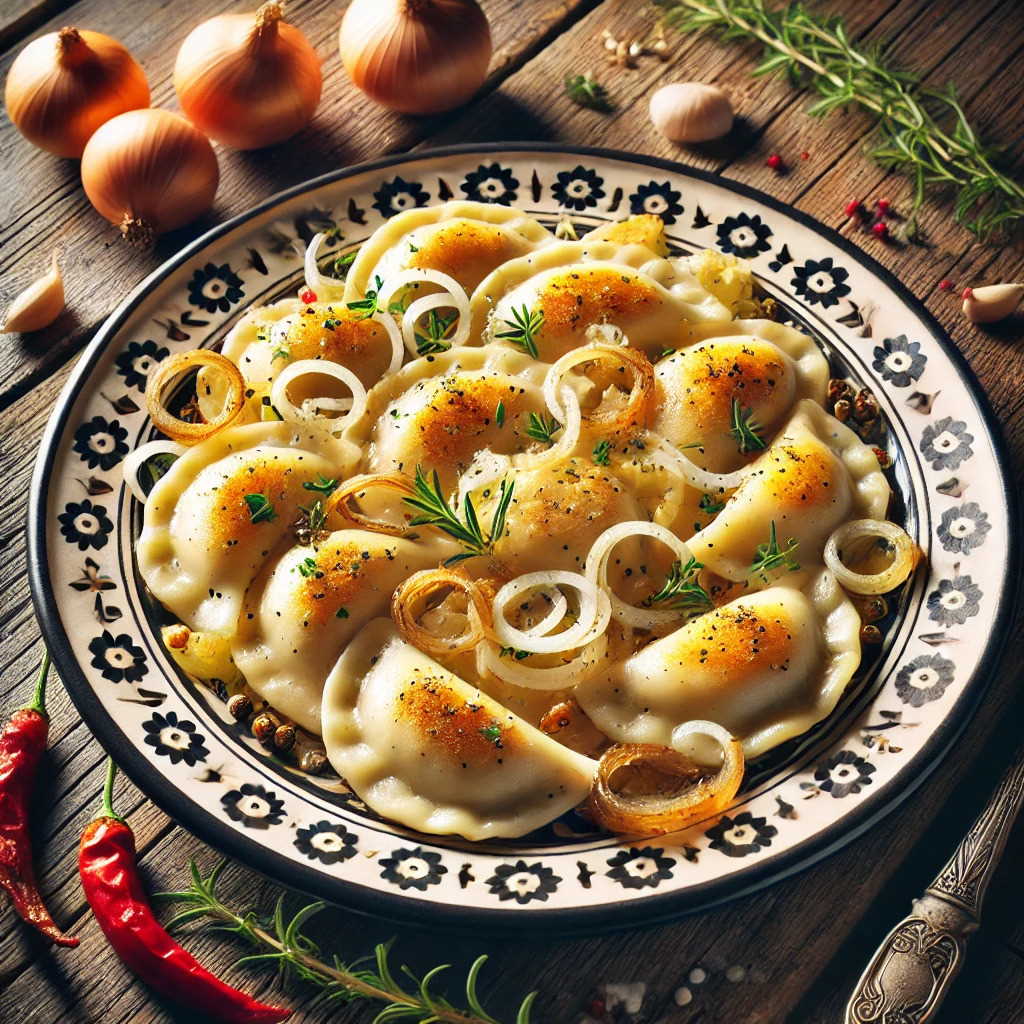
One of the most iconic dishes of Eastern European cuisine, pierogi are beloved dumplings originating from Poland and Ukraine. These tender parcels are filled with a variety of ingredients, from mashed potatoes and cheese to sauerkraut or even fruits like cherries and blueberries for a sweet version. Pierogi are often boiled, but they can also be fried to give them a crispy, golden exterior. These dumplings are comfort food at its finest, and are often served with a dollop of sour cream or caramelized onions. They reflect the rich tradition of dumpling-making that spans several countries in Eastern Europe.
Goulash
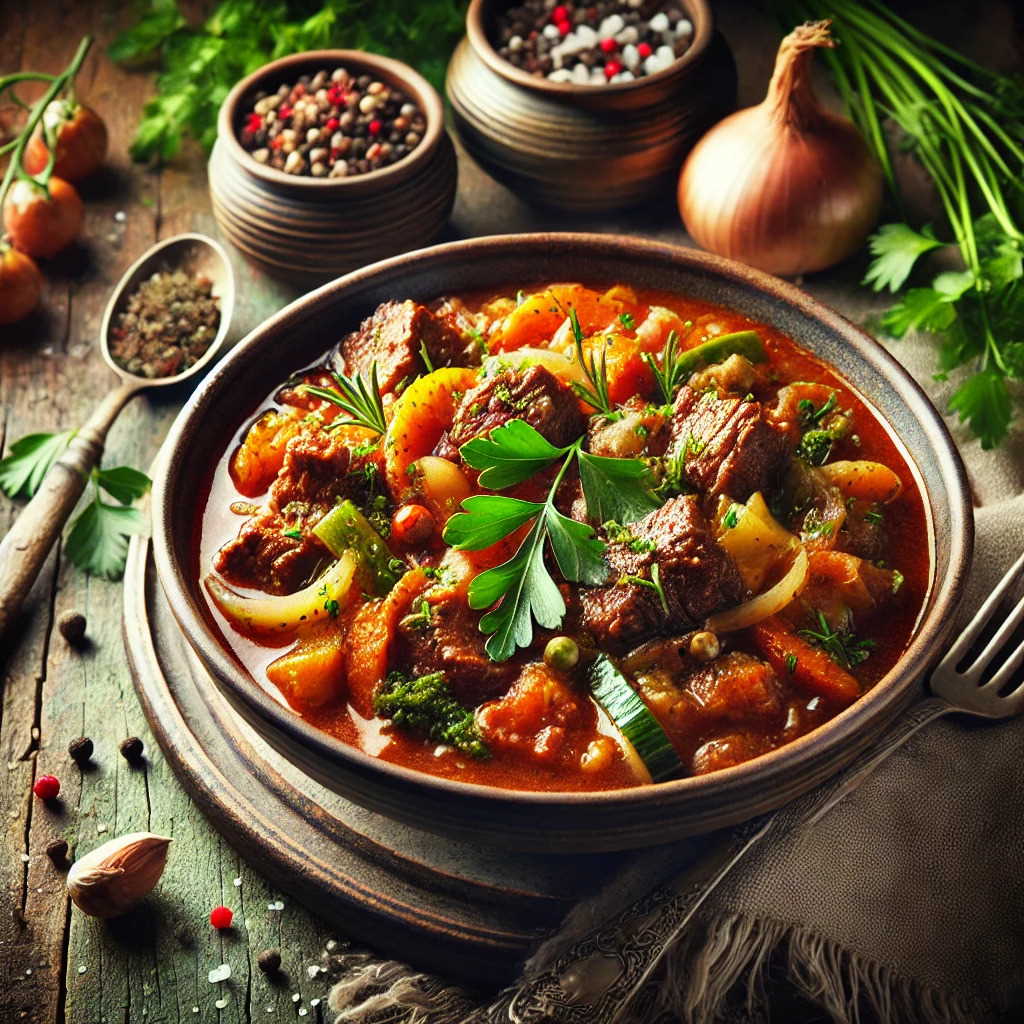
A dish that has become synonymous with Hungarian cuisine, goulash is a flavorful beef stew seasoned generously with paprika, garlic, onions, and other spices. While there are many variations of goulash across the region, the Hungarian version typically includes tender beef, vegetables, and a rich, paprika-infused broth. This dish is typically served with rustic bread or dumplings and is perfect for warming you up on a cold evening. The deep, smoky flavor of the paprika gives this dish its signature taste, making it one of the most famous dishes in Eastern Europe.
Borscht
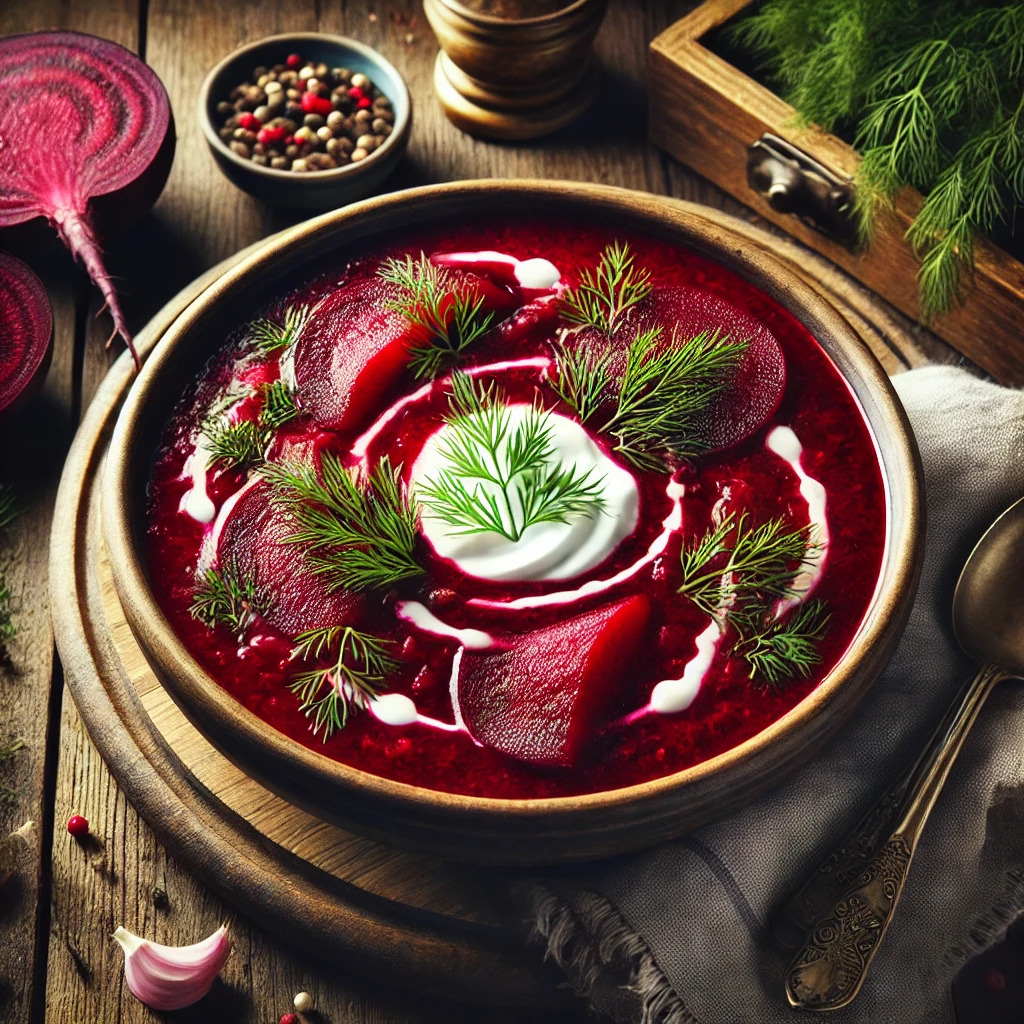
Borscht is a quintessential Eastern European dish, most famously known in Ukraine and Poland. This beetroot soup is rich in color, earthy in flavor, and often served with a dollop of sour cream to balance its natural sweetness. Borscht is highly customizable and can vary from a vegetarian version to one that includes beef or pork. It’s often accompanied by fresh bread and sometimes a hard-boiled egg. While the color of borscht is immediately eye-catching, it’s the balance of flavors — sweet, tangy, and savory — that makes it beloved across the region.
Sarmale

In Romania, sarmale are a beloved comfort food, and they have become a symbol of hospitality and home-cooked tradition. These cabbage rolls are filled with a mixture of minced pork, rice, and herbs, then slowly cooked in a rich tomato sauce. Sarmale are often served with sour cream and polenta (cornmeal porridge), making them a hearty and satisfying meal. This dish, like many others in Eastern European cuisine, is often prepared in large batches and served at family gatherings or special occasions.
Shopska Salad
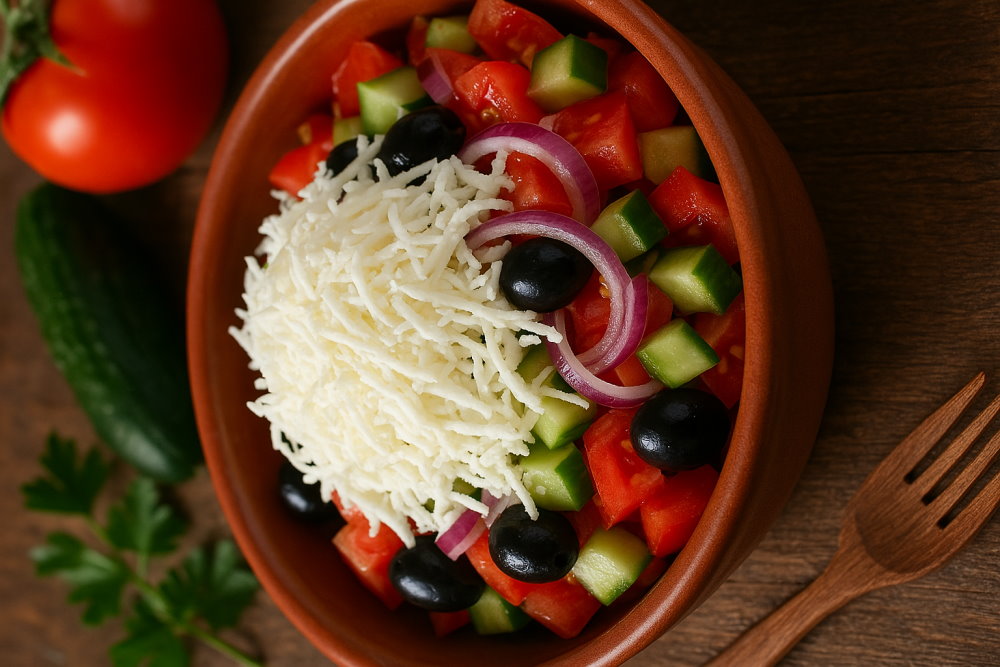
Shopska salad is a fresh and light dish from Bulgaria, perfect for warmer weather or as a refreshing side dish. It’s made from a mix of diced cucumbers, tomatoes, onions, and bell peppers, and topped with crumbled feta cheese (called “sirene” in Bulgaria) and fresh herbs like parsley. A drizzle of olive oil and a dash of vinegar or lemon juice complete this simple yet flavorful dish. Shopska salad is not just a refreshing appetizer but also a celebration of fresh, seasonal vegetables commonly found in the Balkans.
Staple Ingredients in Eastern European Cooking
A few key ingredients dominate Eastern European kitchens, helping to create the hearty and flavorful dishes the region is known for. These ingredients are central to the authenticity and taste of many traditional meals.
Potatoes are often the foundation of Eastern European meals, whether mashed, boiled, or fried. They serve as a side dish or are incorporated into dumplings like pierogi. Beets, another staple, are used in soups like borscht and provide a deep, earthy flavor.
Cabbage is another essential ingredient, found in everything from sauerkraut (fermented cabbage) to hearty stews and stuffed cabbage rolls like sarmale. Grains, especially rice and buckwheat, are often served as side dishes or incorporated into stuffing for meats and vegetables.
Meats such as pork and beef take center stage in many meals, often paired with pickled vegetables or creamy dairy products like sour cream to balance out the flavors. Eastern European food is known for its use of sour flavors, often found in dishes like sauerkraut, sour cream, and fermented dairy, which help to preserve food and add a unique taste.
The Role of Soups in Eastern European Meals
Soups are a vital part of Eastern European cuisine, providing warmth and nourishment. Soups often feature hearty ingredients like potatoes, cabbage, beans, and meats, making them perfect for filling up on cold days. Some of the most beloved soups in the region include:
Borscht: A beetroot soup popular in Ukraine and Poland, known for its rich color and tangy flavor.
Kapustnica: A Slovak cabbage and sausage soup, full of savory flavors and enjoyed during the winter months.
Żurek: A sour rye soup from Poland, often served with kielbasa (sausage) and hard-boiled eggs. This soup has a unique tangy flavor, thanks to its base of fermented rye flour.
These soups not only showcase the region’s love for hearty, soul-warming dishes but also reflect its reliance on fermented ingredients and seasonal produce.
Delicious Eastern European Desserts
Eastern European desserts are rich, indulgent, and often feature fruit preserves, honey, nuts, and pastry. Sweet treats are an important part of the region’s culture, often served during holidays, family gatherings, or special occasions. Some of the most famous desserts include:
Dobos Cake: A Hungarian layered sponge cake topped with caramel and often filled with a rich buttercream. It’s a decadent dessert that’s perfect for special occasions.
Makowiec: A Polish poppy-seed roll, often made during the holiday season, that’s both sweet and nutty, perfect for those who enjoy a more traditional dessert.
Cozonac: A Romanian sweet bread filled with nuts, cocoa, or Turkish delight, offering a perfect balance of sweetness and texture. Cozonac is often baked for holidays and celebrations and is a beloved dessert in many households.
These desserts highlight the Eastern European love for layered pastries, nuts, and fruit-filled treats that are both visually stunning and incredibly flavorful.
Experiencing Authentic Eastern European Cuisine in New York
If you’re in New York and looking to experience authentic Eastern European cuisine, you’re in luck! Our restaurant brings the traditional flavors of Eastern Europe right to your table, offering dishes crafted with the finest ingredients and time-tested recipes. Whether you’re enjoying a warm bowl of borscht, savoring freshly made pierogi, or trying a traditional Romanian sarmale, we invite you to explore the comfort and heartiness of Eastern European cooking at its best.
Conclusion
Eastern European cuisine offers a diverse and flavorful experience that combines rich traditions, hearty meals, and comforting flavors. From iconic dishes like pierogi and goulash to tangy borscht and sweet desserts, Eastern European food is perfect for anyone looking to experience something new and delicious. Whether you’re a local resident or a visitor to New York, be sure to explore the offerings at our restaurant for an authentic taste of Eastern Europe.

